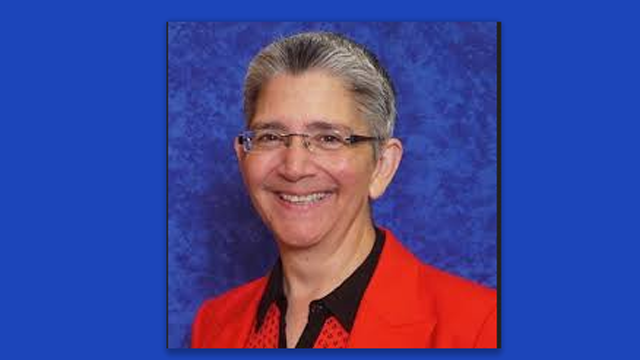Share a suggested use.
Lesson: Does California’s Agriculture Industry Need More Water Restrictions?
Learners work in a group of three with a three lesson jigsaw on the drought in California.
1. Divide the class into home groups of 3. Each member is then a signed a specific Lesson A, B or C (below). Each student reviews the media within the assigned lesson individually, then convene in a group with others that have been assigned the same lesson (all the A’s, B’s and C’s form three groups). The students then work with their specific group to come to a collective understanding of the media within the lesson and respond to individual prompts within lessons.
Lesson A
Lesson code (needed by students to access lesson): happy835
Lesson B
Lesson code (needed by students to access lesson): bee225
Lesson C
Lesson code (needed by students to access lesson): orange461
2. Home groups then reconvene. Groups then share what they learned from their media lesson with each other to come to a larger understanding.
3. Each student then decides on a claim in response to the initial query. Students either individually or with a partner who shares their viewpoint create a storyboard to justify their claim. Storyboards are a way to illustrate a concept or topic through a collection of videos, text and images. These can then be shared or critiqued by other students using a rubric, and then used to create debates or further research.
…
What media did you use?
Water Worries, California’s ‘Water Cop’ Urges Residents to Take Drought Seriously with Mandatory Restrictions
California is now in the third year of its worst drought since the 1970s. Explore the scale of the problem with this PBS NewsHour video and educational resource from July 17, 2014. Despite a drought emergency, consumption actually rose in May. But under new rules starting August 1, people who waste water on lawns and car washing could be fined up to $500 a day.
How California Distributes Its Water in Dry Times: Percent and Proportions
In this infographic, explore the math of water use, water rationing, and drought in California, with a focus on percentage and proportion.
Redistribute California’s Water? Not Without A Fight
This audio report from NPR explores the question that the state of California is asking right now that people often fight over: What’s a fair way to divide up something that’s scarce and valuable? That “something,” in this case, is water. This year, some farmers will get water, and others will not, simply based on when their land was first irrigated.
Indoor/Outdoor Residential Water Use in California
This resource compares data about indoor and outdoor residential water use in northern and southern sites in an infographic from KQED and the California Single Family Water Use Efficiency Study.
About PBS LearningMedia
PBS LearningMedia offers teachers and students the FREE digital resources they want when they want them. PBS LearningMedia has more than 100k trusted digital resources drawn from critically acclaimed PBS programs such as NOVA, FRONTLINE, AMERICAN EXPERIENCE and PBS KIDS programs like SID THE SCIENCE KID, as well as federal agencies such as The National Archives and NASA. Each resource showcases the subject, grade level and corresponding alignment to national and Common Core standards, and is presented within hierarchies of commonly taught topical areas, allowing users to browse the collections easily.
On the site users are able to search, view and share selected resources and save and organize content through a “favorites” feature. PBS LearningMedia features video footage as well as audio clips, interactives, photographs, animations, interviews, and graphics presented with extensive contextual information and teacher support materials.
Productivity tools including a Lesson Builder, Storyboard tool, and Quiz Maker enable deeper engagement with content and allow educators to create personalized, interactive activities for students that can be used in the classroom or as homework assignments.
Sign up for a free PBS LearningMedia account to search, save and create interactive learning experiences.
